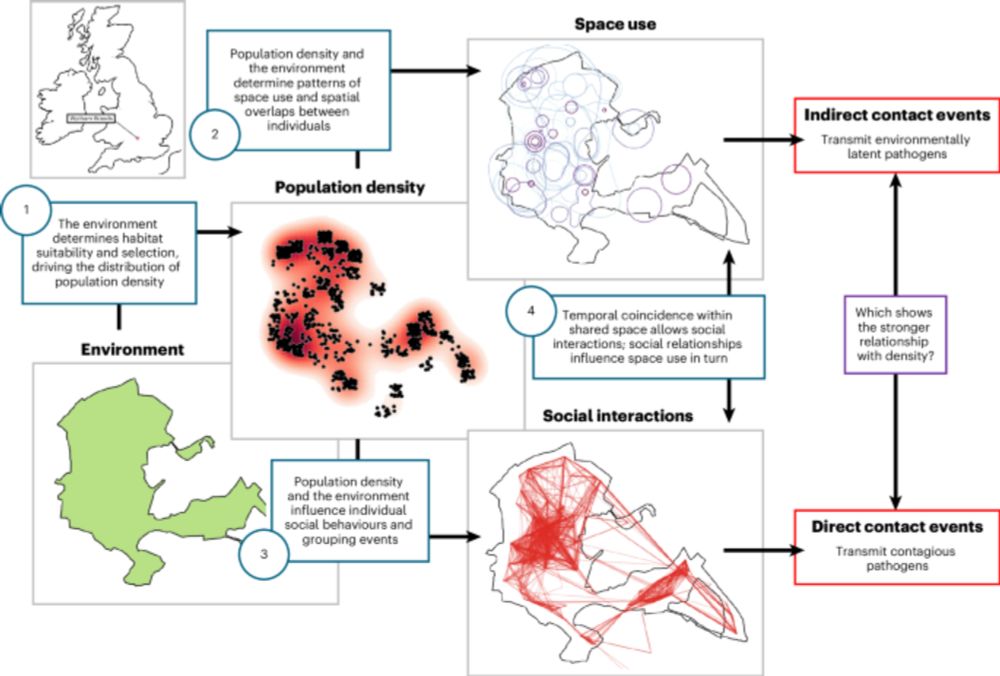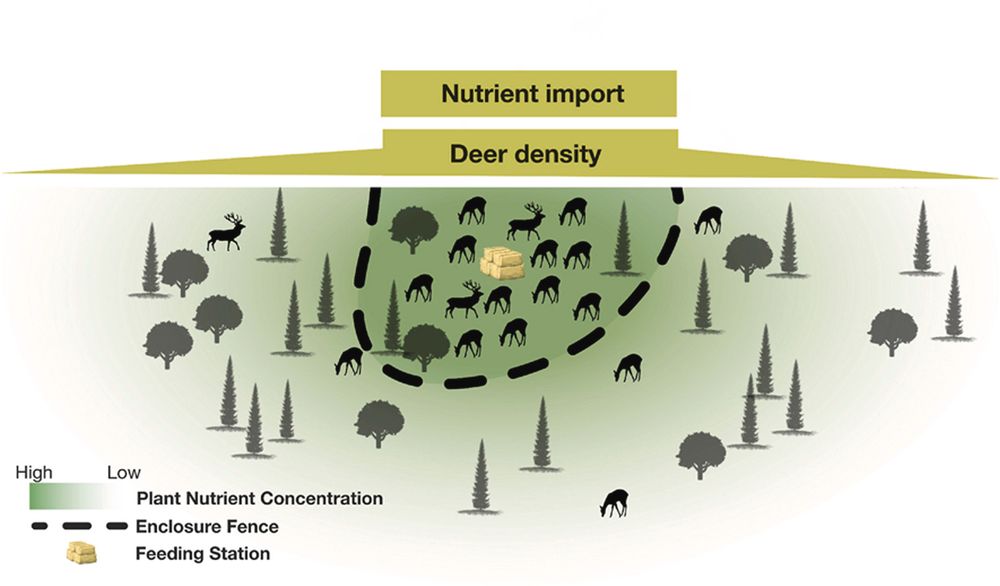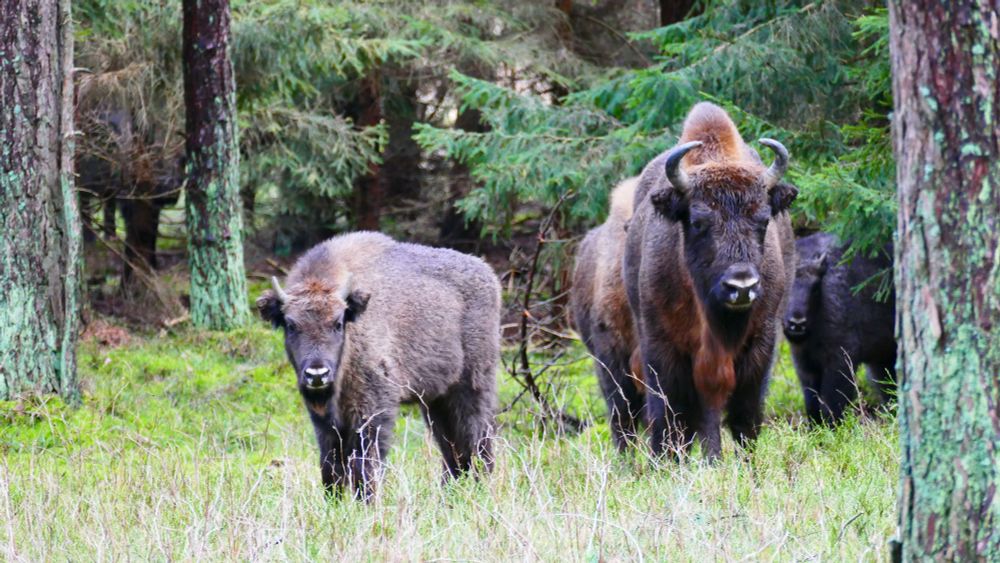Wildlife & Conservation at Uni Freiburg
@wild-ecol-cons.bsky.social
540 followers
660 following
360 posts
Wildlife Ecology and Conservation Biology Research Group @uni-freiburg.de led by Prof. Dr. Marco Heurich
Managing EUROLYNX / EUROWILDCAT / Remote Sensing Data Pool
https://www.researchgate.net/lab/Wildlife-Ecology-and-Conservation-Biology-Marco-Heurich
Posts
Media
Videos
Starter Packs
Pinned
Reposted by Wildlife & Conservation at Uni Freiburg




























